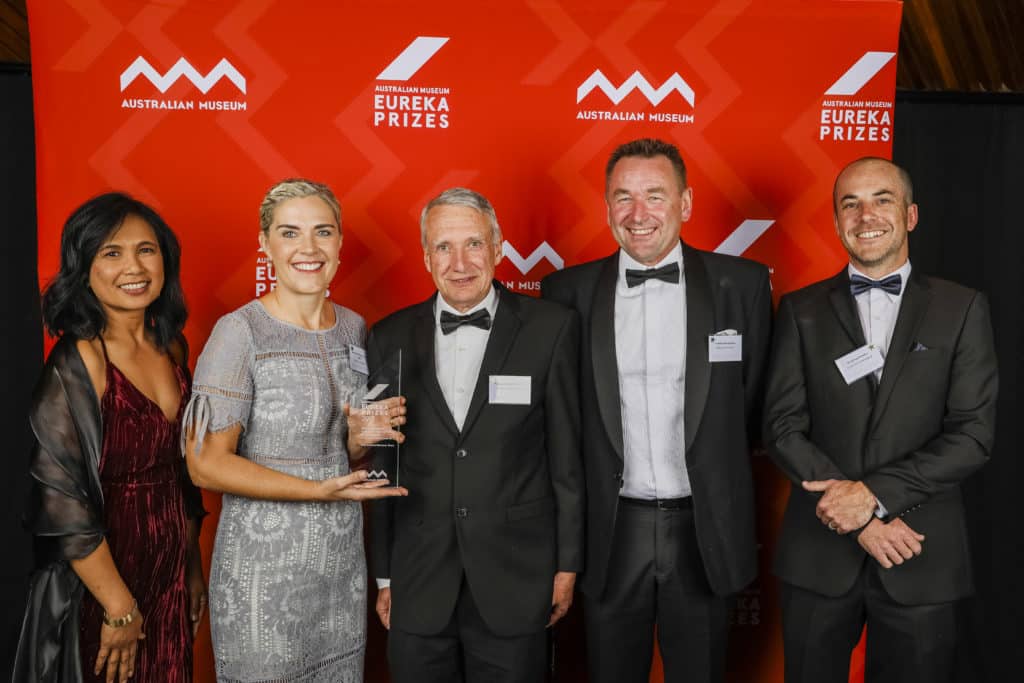Collaboration investigates the link between changing sea levels, global warming and the health of marine wetlands.

Carbon dioxide capture by coastal ecosystems operates in direct relation to the speed of sea level rise.
That was the conclusion of extensive research conducted by a team of scientists from Macquarie University, University of Wollongong and ANSTO – work that has now won the scientists the NSW Environment, Energy and Science (DPIE) Eureka Prize for Environmental Research.
Continue reading Blue Carbon Horizons team wins Eureka Prize for Environmental Research




